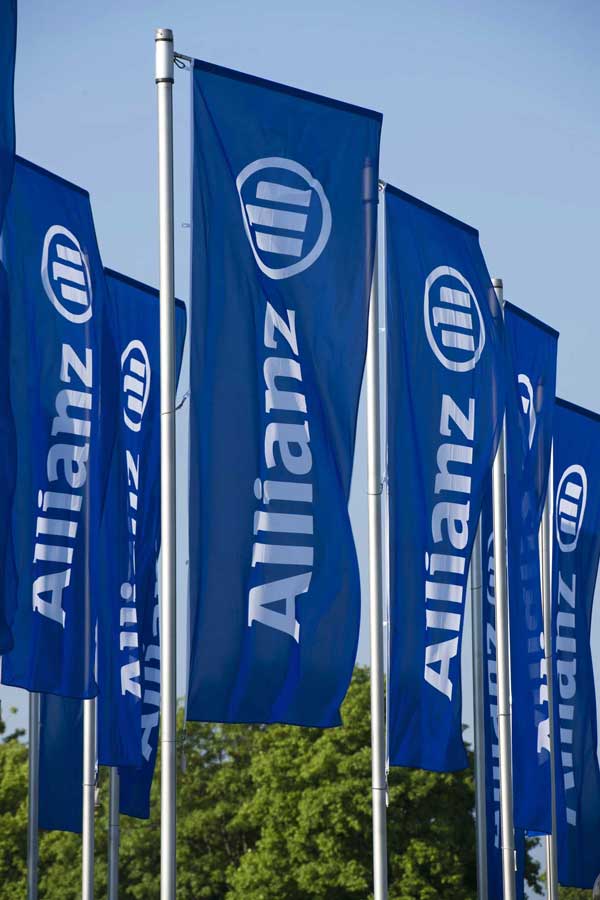In corporate finance, an outstanding balance is any amount of money that is due but has not yet been paid. For any B2B business, managing these balances—both the money owed to you by customers and the money you owe to suppliers—is a crucial aspect of financial health.
An inability to collect outstanding payments can signal underlying issues to creditors and investors, while failing to settle your own debts can damage vital supplier relationships. This guide explores what outstanding balances mean for your business, how to monitor and manage them effectively, and how to protect your most critical balances from risk.













